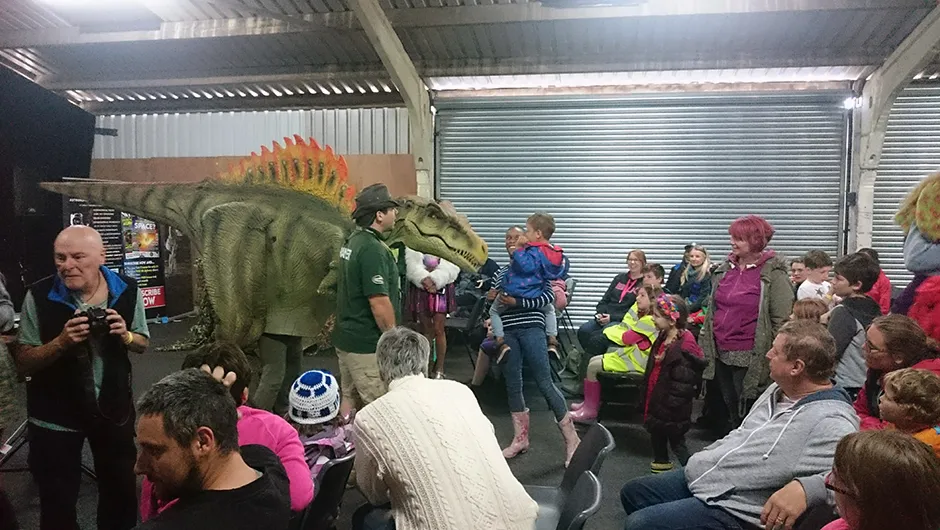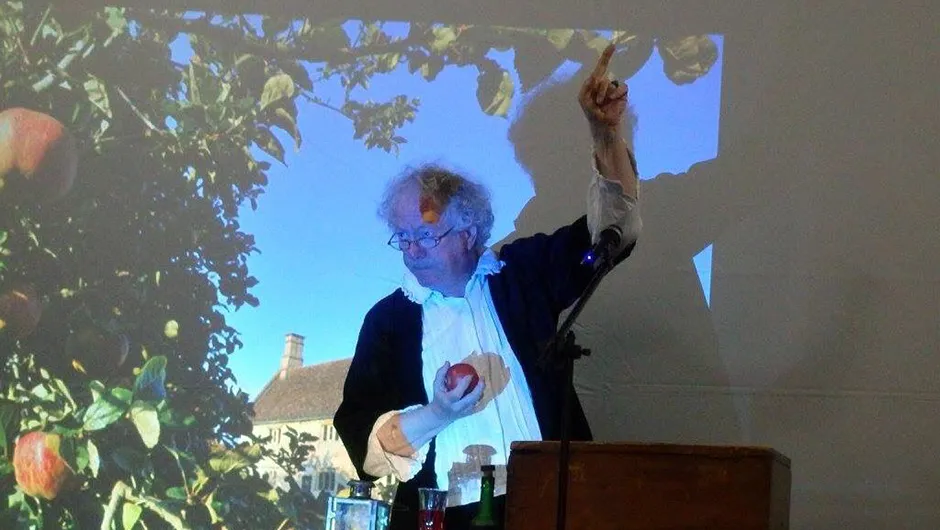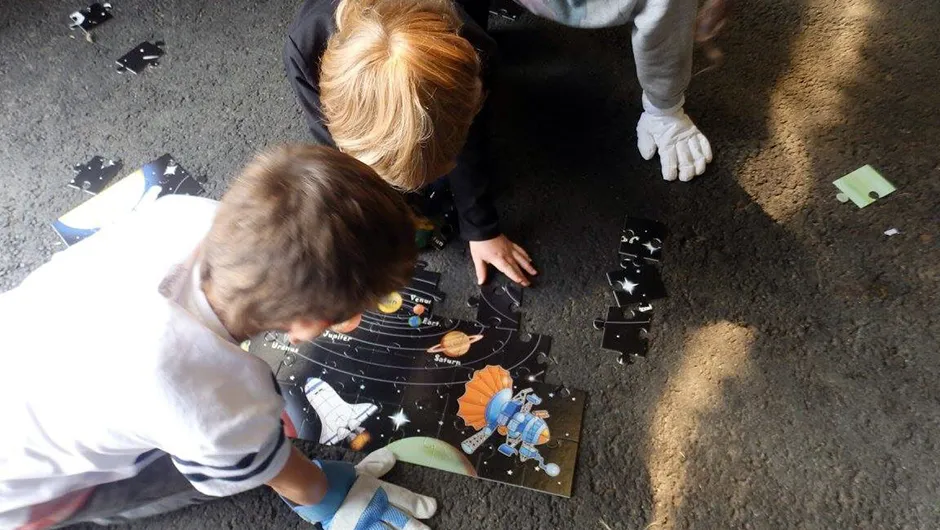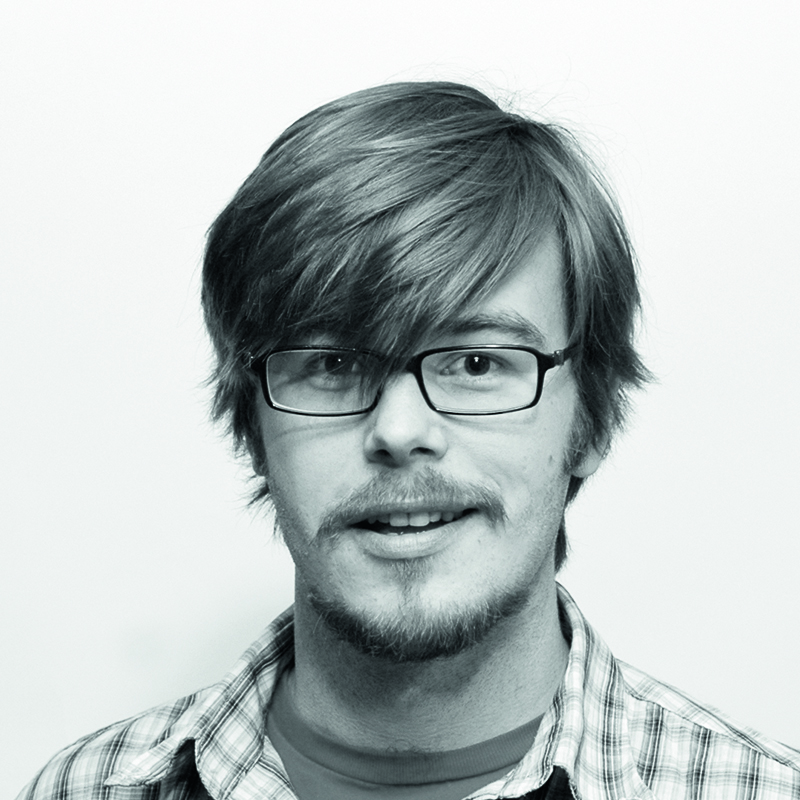Boutique festivals are two-a-penny nowadays, but since 2015 a patch of scenic undulating farmland just outside the picturesque town of Buith Wells in mid-Wales plays host to something a little different.
Around 300 astronomers, amateur stargazers, students and families came together on 11–14 August for Solarsphere, a weekend to train your eyes to the sky and your ears to the music.
Musical performances from singer-songwriters, rock and folk groups, and even a ceilidh band that rejigs traditional dances like ‘Strip the Willow’ to explain concepts like photosynthesis, were interspersed with inspiring talks.
These ranged from ‘rangers’ with a frighteningly realistic walking spinosaurus explaining how the dinosaurs met their end, to a fascinating and entertaining lecture from BBC Sky at Night Magazine reviews editor Paul Money on the many setbacks and ordeals that have plagued the two Voyager spacecraft before and during their 40-year interstellar journey.

Part of the allure of Solarsphere is its intimacy. After Dr Helen Mason OBE engaged the crowd with her vast knowledge of the Sun from 40 years of research, she could be found mingling with adults and children while they got stuck in to the various sci-art activities on offer.
“The part that I’ve enjoyed most has been watching the children and seeing what they’re producing,” she says, which included making balloon aliens, designing spacesuits, sketching the Sun and Moon, and making and launching paper rockets.
“If you can fire that imagination, then I think you will make a difference which will take kids through their education.”
Of course, Solarsphere could not be called an ‘astronomical & music festival’ without some astronomy being performed.
After the bands and talks had finished on the Saturday, clear skies meant many festivalgoers headed straight for the ‘red torch field’, where amateur stargazers had pitched their tents and set up telescopes of all shapes and sizes.

With huge Dobsonians and tiny Maksutov–Cassegrains, revellers could view both deep-sky objects – like the Double Cluster in Perseus – and those closer to home, including the fine detail of the Moon and Saturn, its rings and two of its moons.
However, the dark sky allowing the Milky Way to be seen in all its glory and the fact that this year’s Perseid meteor shower was at its zenith meant many eschewed telescopes in favour of simply looking up in awe.
For those whose astronomy appetite had not been sated at night, on the Sunday morning one amateur stargazer had trained his scope on the rare sight of Venus in the daytime.
And when the clouds parted, the Charlie Bates Solar Astronomy Project had set up a solar telescope for incredible views of the Sun, which included seeing a sunspot the size of the Earth.
Solarsphere will return in 2018 with new bands and speakers, but organisers Sarah Coburn and her father Pete Willamson are keen to retain the same community feel that has made the event such a success.

“It’s a small festival, it’s not chaotic, and that’s how we want to keep it,” says Sarah.
“The kids have freedom to run around in the middle of beautiful countryside, be educated and have fun – it’s good family time for people.”
